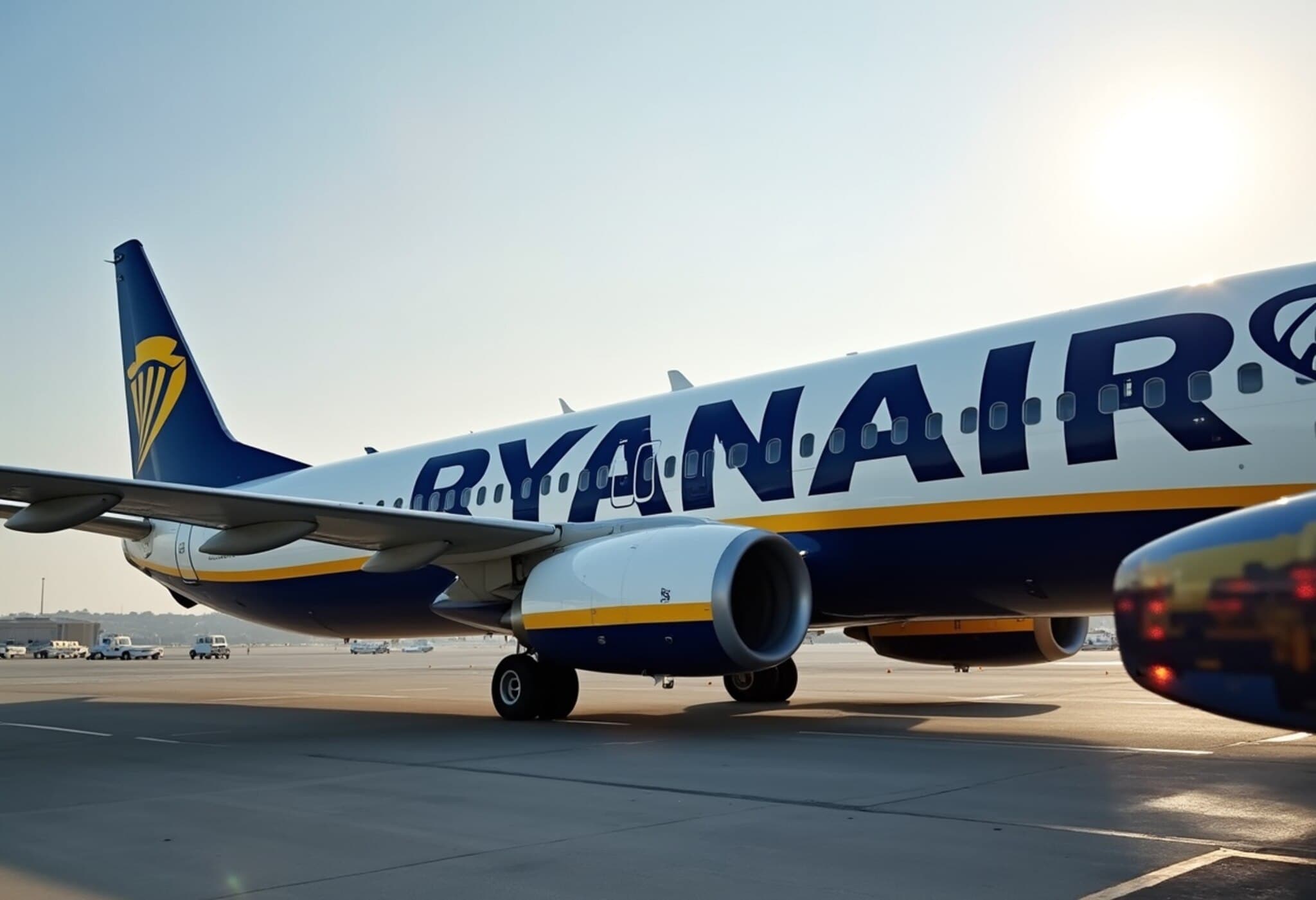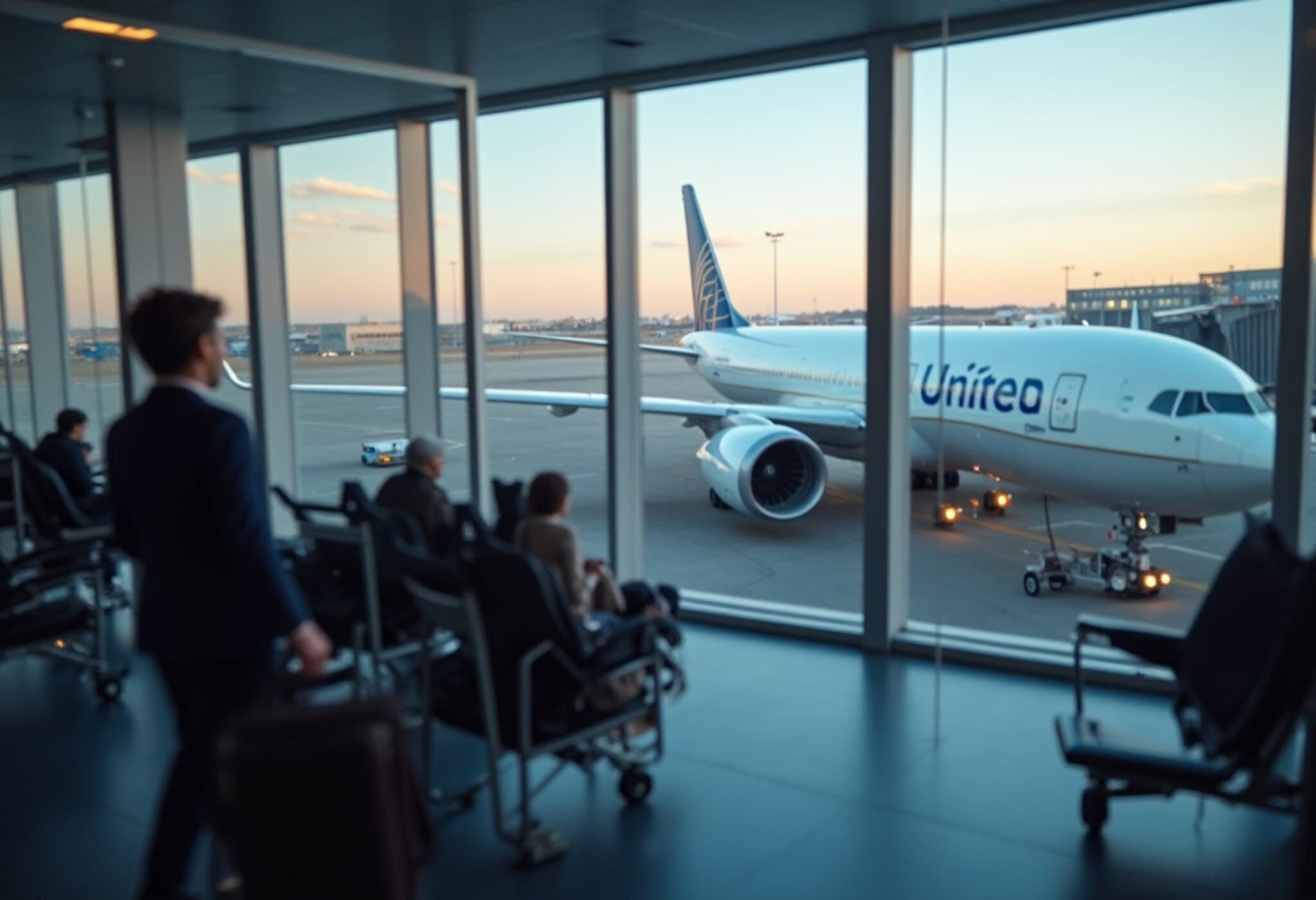United Airlines Temporarily Grounds Flights After Fire Alarm at Chicago Operations Center
On Thursday evening, United Airlines faced a sudden operational disruption when a fire alarm triggered an emergency evacuation at its Network Operations Center in Arlington Heights, Illinois, leading to a temporary nationwide grounding of its entire mainline fleet. The precautionary measure caused widespread flight delays impacting over 200 flights across the United States.
What Happened at the Operations Center?
The alarm, which sounded around 6:30 pm local time, prompted immediate evacuation of employees from the main operations facility. In response, United swiftly relocated its staff to a nearby backup operations center to ensure continuity of critical flight management activities. The airline released a statement confirming that no fire was detected, and the grounding was a safety-first response.
"A fire alarm sounded at our operations center, which caused employees to move to our nearby backup facility and resulted in a brief nationwide ground stop of United aircraft," United Airlines said in an official statement to media outlets.
Operational Impact and Recovery
The Federal Aviation Administration (FAA) issued an advisory confirming the temporary suspension of United's flights as the situation unfolded. This sudden ground stop halted a significant portion of United’s fleet — the world’s largest with more than 1,000 aircraft in operation — leading to cascading delays for passengers nationwide.
Fortunately, the airline managed to restore operations within an hour after verifying the safety of its facility and resuming activities at the backup center. However, the incident added to a mounting series of operational challenges United has experienced in recent years.
Context: Patterns of Operational Struggles
This event is the latest in a series of disruptions affecting United Airlines. In 2023, a software glitch resulted in a similar grounds stop that delayed hundreds of flights. More recently, just weeks ago on July 16, a United flight en route to Sarasota, Florida, was forced to return to Chicago’s O’Hare International Airport due to an engine pressure warning, underscoring ongoing issues with fleet management and safety protocols.
Passengers and Public Reaction
Social media quickly filled with pictures and firsthand accounts of grounded planes and waiting passengers, reflecting a mix of frustration and concern. For many travelers, these disruptions serve as a reminder of the fragility inherent in modern air travel systems and the importance of rigorous safety and operational oversight.
Expert Insight: The Stakes of Ground Stops
Ground stops, while inconvenient, are a vital safety tool in aviation. Industry analysts note that quick decision-making is essential; airlines must weigh operational disruption against passenger safety without delay.
Transport safety expert Dr. Laura Jennings remarked, "The choice to ground an entire fleet is never taken lightly. It reflects a commitment to proactive safety but also brings immense logistical challenges that ripple through the national airspace system. Airlines with vast fleets like United face amplified risks because delays can cascade rapidly across their network."
Looking Ahead: What This Means for United Airlines
As United Airlines continues to navigate the complex demands of maintaining the world’s largest fleet, the industry will be watching closely to see how the carrier strengthens its operational resilience to prevent similar incidents in the future. The growing reliance on advanced technology and centralized operations control centers — while enhancing efficiency — also creates vulnerabilities when unexpected alarms or technical issues arise.
- Key takeaway: Proactive safety measures are crucial but necessitate robust backup systems and quick communication with travelers.
- Industry challenge: Balancing operational continuity with uncompromising safety standards amidst technological dependencies.
Editor’s Note
While the swift grounding of United Airlines’ entire fleet was disruptive, it underscores the airline’s prioritization of safety in moments of uncertainty. This incident draws necessary attention to the intricate balance between operational efficiency and safeguarding passengers in an increasingly complex aviation environment. Readers might consider: How resilient are the systems that millions of travelers depend on, and what improvements are needed to minimize future disruptions without compromising safety?



















